In the lush tapestry of tropical flora, one plant stands out as a captivating performer-the Bird of Paradise (Strelitzia reginae). With its regal presence and flamboyant blooms, this exotic species graces gardens and indoor spaces alike, bringing a touch of the tropics to any environment.
Native to South Africa, the Bird of Paradise has earned its name from the stunning resemblance of its flowers to the plumage of a bird in flight. The plant’s large, banana-like leaves fan out in a graceful arc, creating a verdant backdrop that showcases the main attraction-the intricate and vibrant inflorescence.
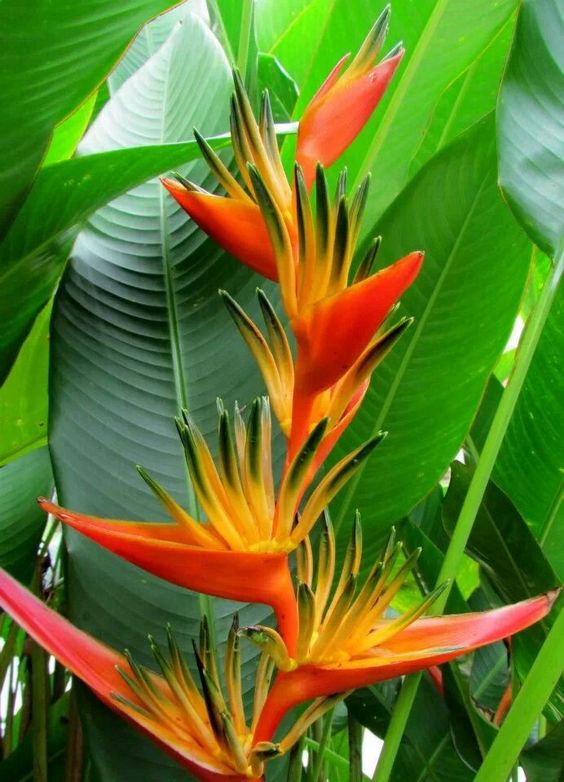
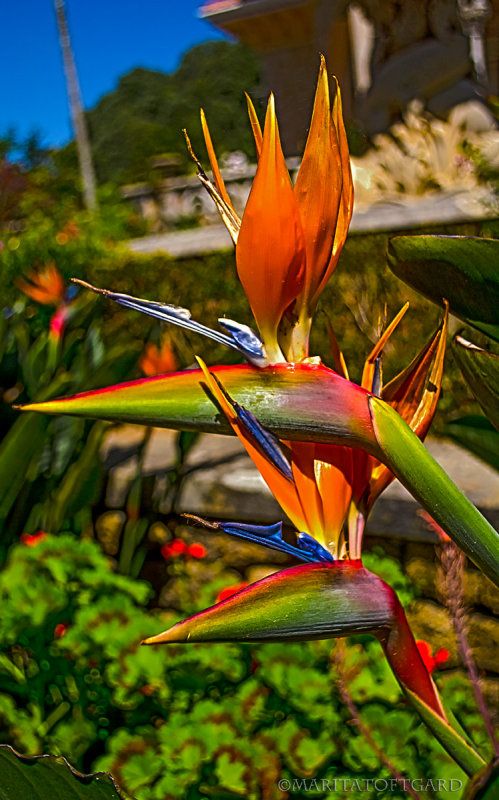
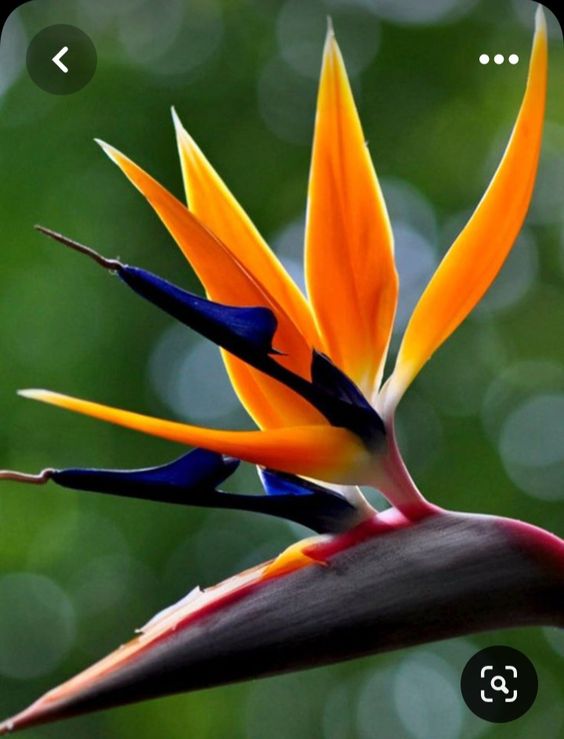
The flowers, reminiscent of a bird’s beak and plumage, unfold in layers of orange, blue, and white, creating a mesmerizing display. Each bloom is a botanical masterpiece, an intricate dance of color and form that adds a touch of the exotic to its surroundings. The Bird of Paradise doesn’t just bloom; it performs, transforming any space into a tropical stage.
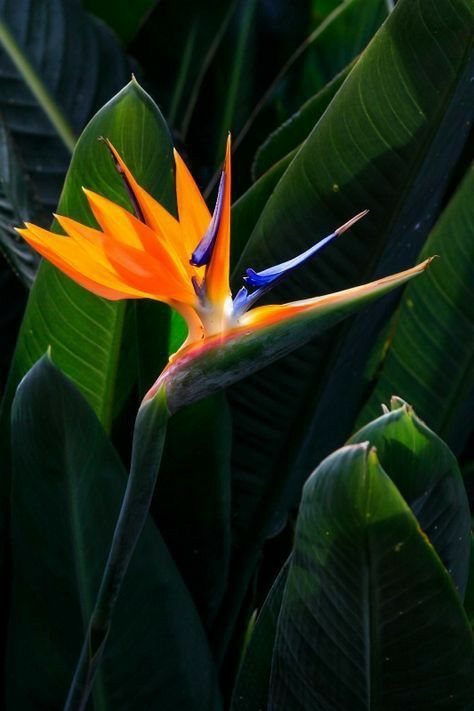

Caring for a Bird of Paradise is like nurturing a living sculpture. Its arching leaves and striking flowers require attention to detail, making it a favorite among plant enthusiasts and interior decorators. Whether placed in a sunlit garden or gracing the corner of a well-lit room, the Bird of Paradise becomes a living focal point, commanding attention with its vibrant personality.

Beyond its aesthetic allure, the Bird of Paradise holds cultural significance. In its native South Africa, it is not only a symbol of beauty but also represents freedom and the anticipation of paradise. Its role in traditional rituals and ceremonies further cements its status as a plant deeply woven into the cultural fabric.
The Bird of Paradise has also found a home in the language of flowers, symbolizing joy, magnificence, and freedom. Its unique form and vibrant colors make it a popular choice for bouquets and floral arrangements, adding a touch of the exotic to celebratory occasions.
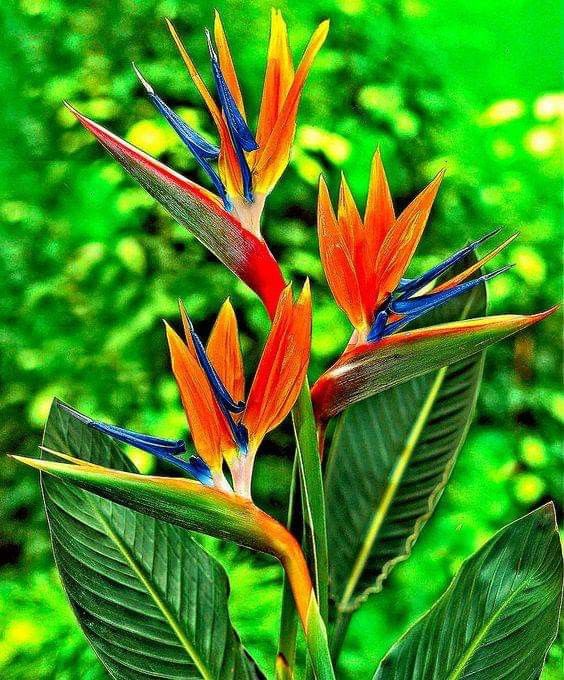
As a houseplant, the Bird of Paradise adapts well to a variety of environments. Its resilience and ability to thrive indoors make it a sought-after choice for those looking to infuse their living spaces with a tropical ambiance. With proper care, it can grow into a majestic statement piece, adding a sense of wonder and elegance to any room.
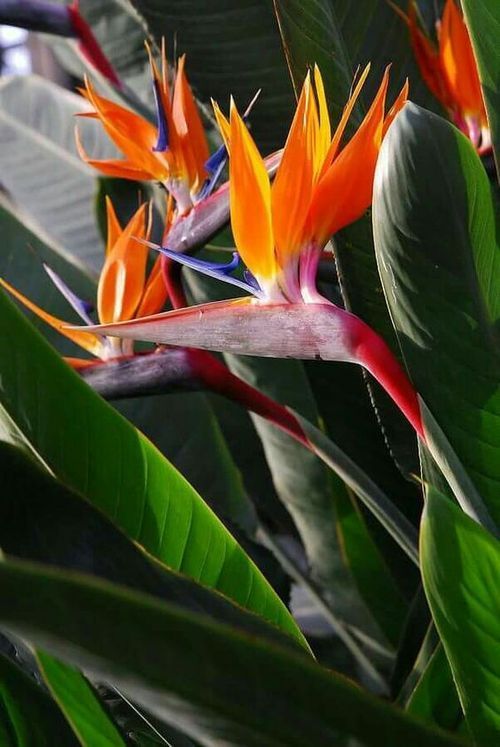
In conclusion, the Bird of Paradise is not merely a plant; it is a living work of art, a tropical performer that graces the world with its vibrant colors and distinctive form. Its symbolic significance, coupled with its ability to thrive in diverse settings, makes the Bird of Paradise a cherished presence in both gardens and homes, inviting us to revel in the beauty of nature’s most exotic creations.






